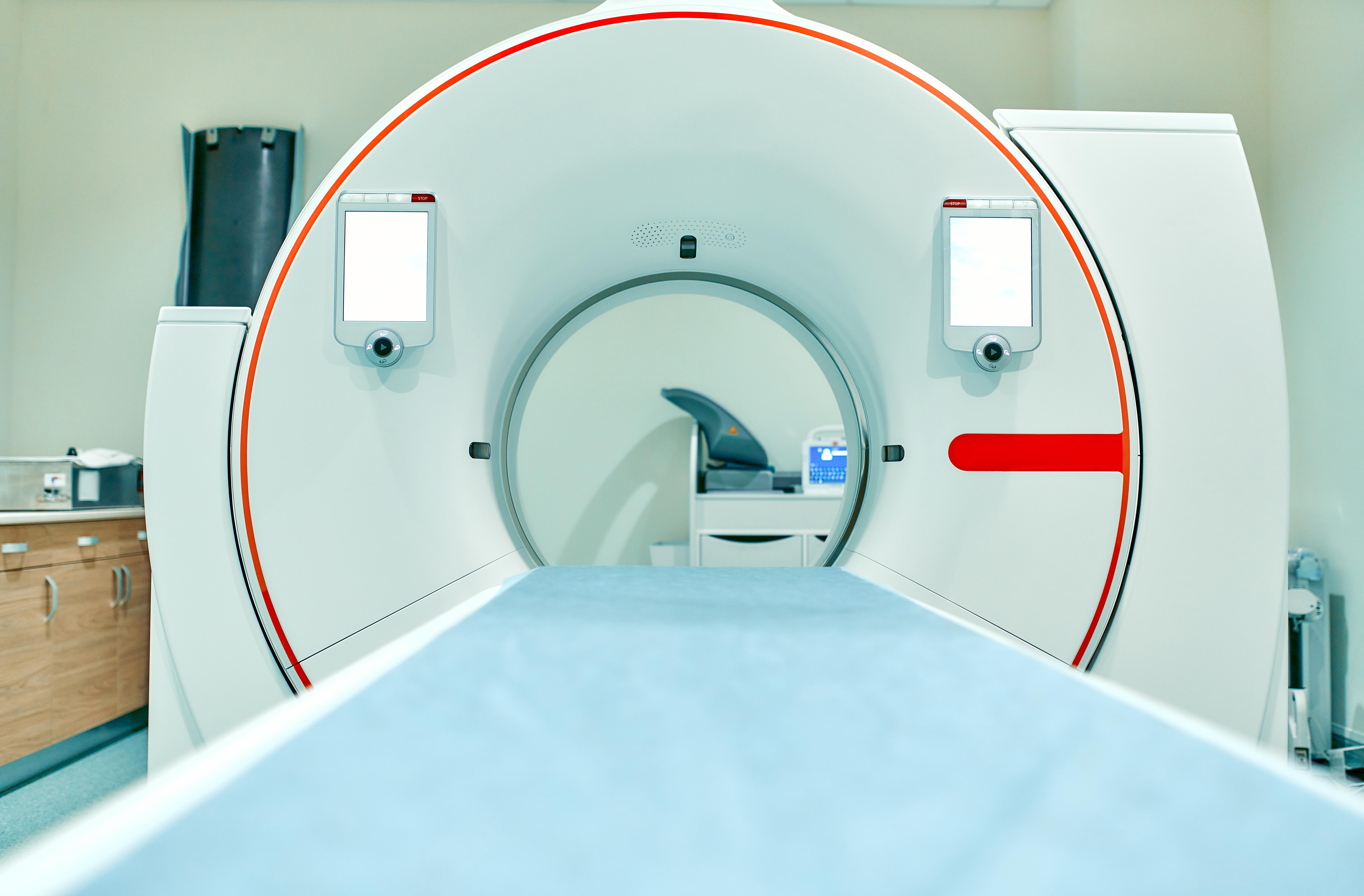10 Unmissable Signs You Might Have Ataxia-Telangiectasia - No Doctor's Appointment Needed
Watching a child grow, we eagerly anticipate each new milestone. But what if subtle, unsettling changes begin to emerge, hinting at something deeper than typical developmental variations? Ataxia-telangiectasia (A-T) is a rare, progressive neurodegenerative disorder that typically manifests in infancy or early childhood, impacting vital functions from movement and immune response to skin health. While diagnosis requires comprehensive medical evaluation, recognizing its distinct early indicators is absolutely critical. This understanding empowers parents and caregivers to seek timely professional guidance. We'll unveil 10 unmissable signs that might suggest the presence of A-T, not for self-diagnosis, but to equip you with the knowledge to initiate crucial conversations with your doctor, paving the way for early intervention and supportive care.
1. Poor Coordination

A healthy individual's body movements do not require a significant amount of effort and flow together seamlessly, such as throwing a ball, picking up an object, and walking. To produce these movements, muscle groups made of several independent muscles must work together perfectly. Uncoordinated movement and poor coordination describe when there is an interruption in the communication process between the brain, the muscles, and the muscle systems required to produce normal coordinated movements. An individual affected by ataxia-telangiectasia may begin to lose their balance easily when walking and or standing. A patient may lose the ability to perform tasks that require fine motor skills such as pouring a glass of milk, buttoning a shirt, handwriting, or eating with utensils. An individual who has poor coordination due to ataxia-telangiectasia may eventually lose their ability to move their arms and legs.
2. Small Dilated Blood Vessels

An individual affected by ataxia-telangiectasia may present with small dilated blood vessels or telangiectasias. Small dilated blood vessels appear at the surface of an affected individual's mucous membranes and skin. These small blood vessels appear as red or pink lines that blanch, or turn white when pressure is placed on them. These vessels appear in clusters or alone and typically take on a corkscrew-like shape. The most prevalent areas of the body where small dilated blood vessels form in ataxia-telangiectasia patients are in the whites of the eyes, neck, ears, and extremities. At first, the small dilated blood vessels in a patient's eyes may be mistaken for eyes that are bloodshot as a result of allergies or pink eye. Small dilated blood vessels are a symptom rarely found in infants affected by ataxia-telangiectasia and are not common among very young children who are affected. Areas of skin that are regularly exposed to sunlight are at a greater susceptibility for developing small dilated blood vessels. While this symptom typically does not pose any medical issues for the patient, the telangiectasia may be cosmetically unappealing.
3. Distorted Speech

Symptoms involving speech tend to occur within the first five years of an ataxia-telangiectasia patient's life. Distorted speech is a symptom that occurs in a patient when the motor component of the motor-speech system has experienced a neurological injury. An inability to physically coordinate the muscles of the neck, head, throat, tongue, lungs, and lips can all contribute to the symptom of distorted speech. The speech of an affected individual may be unintelligible, sound unnatural, and may be inaudible. A patient may have issues with being able to swallow correctly because of ataxia-telangiectasia, which can indirectly cause problems with the way they speak. Problems with the speech in ataxia-telangiectasia patients are not the result of an inability to plan and program the motor-speech system, but rather a problem with the physical function of the motor-speech system itself.
4. Involuntary Movements

One of the most common forms of involuntary movements in ataxia-telangiectasia patients is abnormalities in the movements of the eyes. An affected individual may experience eye movements that are jerky and involuntary. Their eye movements may be rapid, repetitive, and rhythmic while moving in a circular, vertical, or horizontal direction. An individual affected by ataxia-telangiectasia may develop an involuntary tremor in their hands, which can cause problems when trying to use fine motor skills. The hand tremor may only be present when the patient is attempting to perform a task with their hands. The tremor may also be present or may only be present when they are at rest. The arms in affected individuals may make isolated but rapid movements that are involuntary and beyond their control. All of the involuntary movements that occur in ataxia-telangiectasia patients are the result of problems with the cerebellum and the basal ganglia in the brain.
5. Issues With Infections

Some individuals affected by ataxia-telangiectasia have a form of immunodeficiency. The most common types of infections found in ataxia-telangiectasia patients include those of the sinuses and lungs that are caused by viruses and bacteria. This immunodeficiency is linked to the inability of the patient's body to produce enough antibodies and low levels of immunoglobulin. Immunoglobulin A is the antibody that helps protect an individual from contracting infections from bacteria and viruses that come in contact with the mucosal surfaces, like the intestinal lining, nasal lining, airway lining, and inside of the cheek. In addition, a problem with the production of antibodies against certain polysaccharides present inside of the bacteria known to cause infections such as pneumonia, sinusitis, and bronchitis, which are often seen in ataxia-telangiectasia patients. Low numbers of B and T lymphocytes are also a contributing factor to the issues with infections in individuals affected by ataxia-telangiectasia. Low levels of IgG, IgM, IgA, and subclasses of IgG are known to cause problems with the production of too little antibodies in patients.
6. Delayed Motor Skill Milestones

For parents, a crucial early indicator can be subtle delays in achieving typical motor skill milestones. While every child develops at their own pace, a noticeable slowness in sitting up unsupported, crawling, walking, or even performing precise hand movements (like stacking blocks or holding a spoon) might be more than just a slight delay. These early difficulties, especially when combined with a progressively unsteady gait, can be an initial, quiet warning sign, signaling underlying neurological challenges that warrant professional assessment.
7. Oculomotor Apraxia (Difficulty Moving Eyes Voluntarily)

Beyond generalized ophthalmoplegia, a more specific, tell-tale sign can be oculomotor apraxia. This isn't about weak eye muscles, but a difficulty initiating voluntary eye movements. A child might have to subtly jerk their head to one side to get their eyes to follow, or struggle to quickly shift their gaze between two objects. This compensation is a crucial, often missed, neurological sign, as the brain struggles to command the eyes to move smoothly, impacting reading and visual tracking.
8. Telangiectasias (Specific Location and Appearance)

While you mentioned small dilated blood vessels, emphasizing their specific appearance and common locations is key. These telangiectasias are classic A-T markers, particularly the fine, red, spider-like veins appearing in the whites of the eyes (conjunctiva), on the ears, or across sun-exposed skin. Their presence, especially around the eyes, is highly characteristic. They might be mistaken for allergies at first glance, but their persistent, branching nature should prompt a closer look and a doctor's visit.
9. Increased Risk of Cancers (Especially Leukemias and Lymphomas)

A-T is tragically linked to an increased predisposition to certain cancers, particularly leukemias and lymphomas, often developing in childhood or adolescence. This heightened risk stems from the faulty ATM gene's role in DNA repair; without proper repair mechanisms, cells are more prone to uncontrolled growth. While a cancer diagnosis is obviously severe, understanding this association in the context of other A-T symptoms can sometimes lead to earlier screening or more targeted diagnostic investigations.
10. Sensitivity to Radiation (Medical and Environmental)

A surprising, yet critical, indicator related to the ATM gene's function is an unusual sensitivity to radiation. Individuals with A-T are highly sensitive to ionizing radiation, including medical X-rays, CT scans, and radiation therapy, which can cause significant damage to their cells. This sensitivity is a vital diagnostic clue and a critical consideration for medical management. Awareness of this unique vulnerability can prevent unnecessary harm and guide safer diagnostic and treatment protocols.
Understanding A-T: Knowledge for Early Action

Ataxia-telangiectasia is a rare, complex disorder, but recognizing its 10 unmissable signs can profoundly impact a child's journey. From the subtle delays in motor milestones and specific eye movement challenges, to the tell-tale telangiectasias and concerning immune vulnerabilities, each indicator paints a crucial part of the picture. This knowledge isn't about self-diagnosis, but about empowering parents and caregivers to advocate effectively. Early recognition sparks vital conversations with medical professionals, leading to timely diagnosis, tailored management, and essential supportive care that can significantly improve quality of life and outcomes for those affected by A-T.